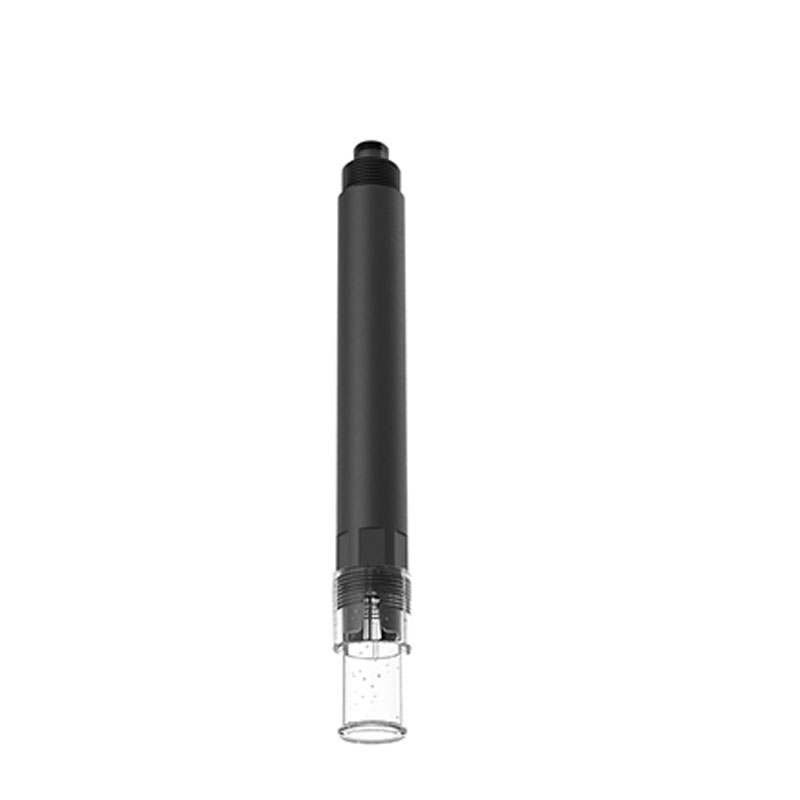Meteorological environment monitoring equipment supplier
Insist on doing high-precision customer favorite technology products

1.Online ORP Sensor Application Environment Description
Online ORP Sensor is suitable for online monitoring of REDOX potential of cyanide-containing and chromium-containing wastewater. The ORP composite electrode made of high purity platinum is used.Used for environmental water quality testing, various high/low ionic strength water sample testing, and can meet the requirements of most industrial/environmental applications for online ORP measurement.
Signal output: RS485 (MODBUS-RTU).
The indicator electrode is a platinum sheet with high stability.
Internal signal isolation technology, strong anti-interference ability.
Good reproducibility, thermal stability, low drift, small size, fast response
Easy and simple installation, 3/4NPT pipe thread, convenient for submerged installation or installation in pipes and tanks, stable performance and long service life
IP68 waterproof standard
2. Online ORP Sensor Technical Parameters
| Measuring principle | Electrochemistry (Salt Bridge) |
| Signal method | RS485 (MODBUS-RTU) |
| Measuring range | -1500mV~+1500mV |
| Measurement resolution | 1mV |
| Measurement accuracy | ±6mV |
| Shell material | ABS |
| Cable length | Standard 5 meters |
| Supply voltage | 12-24VDC (0.4W@12V) |
| Calibration method | Single point calibration |
| Measurement environment | Temperature 0~50℃ (no freezing), < 0.2MPa |
| Waterproof grade | IP68 |
| Installation | Immersion installation, NPT3/4 thread |
3. Online ORP Sensor installation and electrical connection
1. Installation
Note: The sensor cannot be installed upside down or horizontally, but must be installed at an angle of at least 15 degrees.
2. Electrical connection
The cable is a 5-core shielded cable, line sequence definition: Brown - power line (12~24VDC)
Black-GND Green-485B
Yellow-485A
The wiring sequence should be carefully checked before powering on to avoid unnecessary losses due to wiring errors.
4. Online ORP Sensor Maintenance and Care
When using the instrument for the first time or after long-term disuse, the sensitive bulb and reference junction should be immersed in 3.3 mol/L KCl solution for more than 2 hours.
When using, it should be washed with deionized water (or distilled water) and wiped dry to prevent impurities from entering the measured liquid. 1/3 of the sensor should be inserted into the measured liquid.
The wiring terminal part should be kept clean and dry. The sensor should be cleaned when not in use and inserted into a protective cover filled with 3.3 mol/L KCI solution, or the sensor should be inserted into a container filled with 3.3 mol/L KCI solution.
Check whether the terminal is dry. If there is any stain, please wipe it with anhydrous alcohol and continue to use it after it is dry. The sensor should avoid being immersed in deionized water, protein solution, strong acid and alkali solution and acid fluoride solution for a long time, and prevent contact with silicone grease. If the platinum sheet of the electrode is stained with grease, it can be gently wiped clean with absorbent cotton dipped in acetone or alcohol. If the stain is an insoluble inorganic substance, it can be scrubbed with 30-50% hydrochloric acid. It can also be wiped once a day with clean high-grade toilet paper.
When the sensor has been used for a long time and measurement errors occur, it can be calibrated and corrected by using the instrument. If the sensor cannot be calibrated and measured after the above maintenance and care, it means that the sensor has failed. Please replace the sensor.